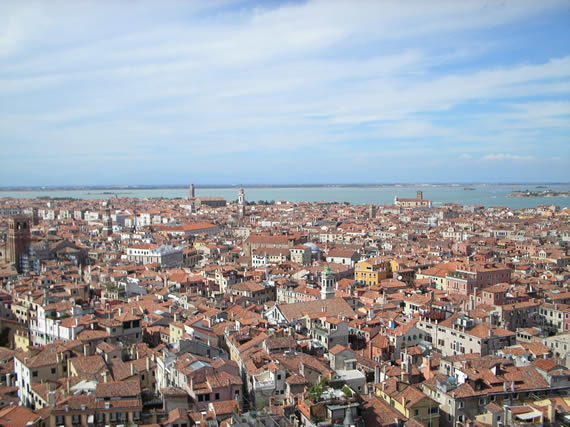The face of Venice continued to change as industry moved to the mainland at the expense of the traditional activities, compounding the difficulties of governments in managing the environmental and historical aspects . The lagoon ecosystem had been seriously affected over the years and was now threatened by several factors , including the excavation of a deep channel between Malamocco and Porto Marghera to allow for oil tankers, water levels changed eutrophication due also to subsidence, the fishing valleys closed, air and water pollution abounded and there was the ever-present problem of acqua alta (high tides), including the 1966 disaster.
The damage caused to the ecosystem has, however, been partly halted thanks to Italian and foreign funds made available by the Italian institutions and foundations and International Committees responding to the UNESCO appeal, resulting also in Venice and its lagoon becoming a World Heritage Site in 1987.
Venice faces some major problems from a historical and social point of view. Poor housing and the degradation of monuments due to pollution, tides and the onda lunga , the swell caused by motorboats and the age of the city calls for major restoration work involving considerable expenditure, something that private individuals cannot afford. Worse still, unable to find work in their city, people are now forced to move.
The city now has a differ character: increasingly expensive real estate , hotels and tourist facilities , no longer owned or run by Venetians. This has led to two very worrying trends: fewer residential inhabitants and an aging population.
The hope is that the capacity Venetians have demonstrated over the centuries in coping with the many serious situations that threatened to wipe out the identity of their beautiful city may once again offer Venice the chance of survival.











